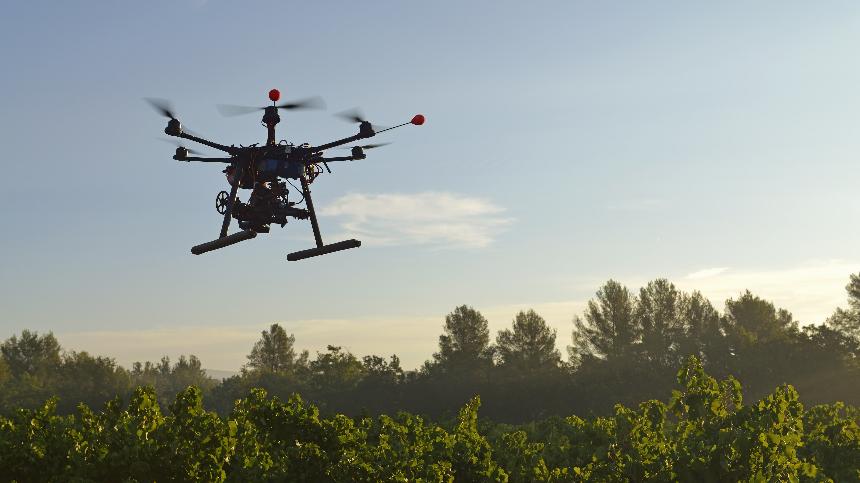
An Overview of Orthomosaic Aerial Mapping
Aerial mapping refers to the creation of planimetric maps, including contours and features taken from aerotriangulated aerial imagery. One concept and practice commonly involved in the creation of high quality maps is orthomosaic mapping.
Orthomosaic Mapping Mechanics
Orthomosaic mapping is a combination of orthorectification and mosaicking. In orthorectification imagery is corrected for distortion with the application of elevation and camera model information so that the scale variation corresponds to a projection on the map in the whole image. The process of imagery correction (removal of distortion) using camera model and elevation data, such that the scale variation is consistent with a map projection in the whole image, is known as orthorectification. Image distortion can be caused by a lot of factors, such as the lens used, collection geometry and feature and terrain elevation. Mosaicking entails the stitching of two or more images together to come up with one image. To summarize, orthomosaicking NIR mapping is the merging of these two processes, there a single image will be produced from a number of images, and any resulting distortions are removed.
Orthorectification in Detail
After a sensor captures an image, particularly in a non-vertical or oblique collection geometry, inherent distortion is to be expected in the collected output. Normally, this happens when the imaged area is mountainous or hilly. Distortions can never be avoided. One type of distortion is known as layover, which is caused by the higher elevation being closely located to the sensor. Relevant details regarding this are displayed in the site at http://en.wikipedia.org/wiki/Aerial_survey. In other cases, layover can also result from prominent shifts in a feature's location. Without orthorectification, layover will continue and GIS (geographical information system) layers, or those geographic datasets in a digital map environment, do not line up.
Mosaicking in Detail
There are several growing fields of interest in significant areas around the world, specifically in the analysis of communication, power and transportation infrastructure. Entire nations are catered to by these infrastructure networks. Mosaicking these networks using several image can use image data in hundreds of gigabytes. Analysts will not wait hours or even minutes for a tool to begin mosaicking before the analysis can be conducted. Even in modest areas of interest, like a city, several gigabytes will be required.
Importance of Orthomosaic Mapping
Users these usually have a need for monitoring wide areas and take other georeferenced data, like GIS layers, into their analytical field. Most users have no expertise in pixel manipulation or photogrammetry. Their skills are primarily centered on the analysis of features and their timelines, and on deriving timely and accurate conclusions. Since areas of interest usually cover several images, analysts must use tools which quickly and conveniently sew these different images up en route to creating a bigger area coverage. They should also have tools that take the work out of installing GIS layers in right positions on the wide area images. Layer alignment is highly critical in terms of generating correct conclusions.